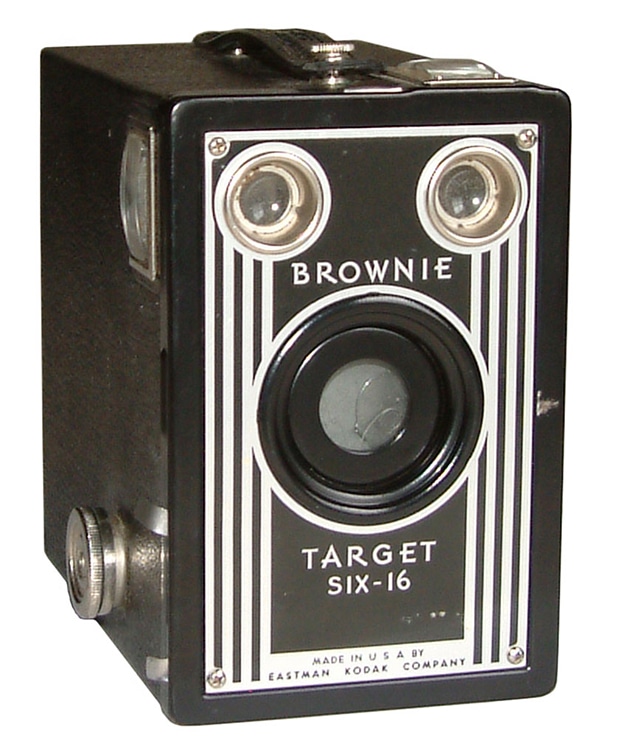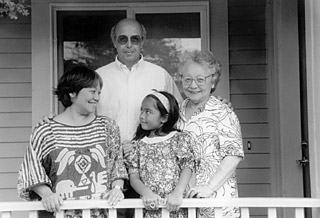
Taking a chapter from Jacqueline Goldsby’s brilliant and disturbing book, A Spectacular Secret: Lynching in American Life and Literature, entitled “Through a Different Lens: Lynching Photography at the Turn of the Nineteenth Century” as a starting point, I would like to pursue a point made by Goldsby about the role of these atrocious photographs of racist murder in what, with Paul Virilio, one might call “the logistics of perception”—so I’ll start there. 1
Goldsby cites Jonathan Crary’s Techniques of the Observer to remind us that “the optical devices used in the nineteenth century were not invented in cultural vacuums,” but were, rather, “[p]remised on ‘conceptual structures’ that reflect ‘points of intersections where philosophical, scientific, and aesthetic discourses overlap with mechanical techniques, institutional requirements, and socio-economic forces.’ [P]hotographic equipment also presupposes an ideal viewer—an observing subject—whose cultural privileges can be inferred from (and, consequently conferred by) the ways in which a camera makes the world visible to human perception.” 2
Goldsby goes on to say, “Thus, when considering lynching photographs and their social effects, we must approach them as artifacts that are more than transparent, self-evident documents of these events of racial murder. Indeed lynching photographs encode more than the deadly operations of white racism. The images also inscribe how practices of racial violence were used to cultivate the experience and meaning of sight itself.” 3
This point resonates with a research project that I will only be able to sketch the outlines of here: With respect to practices of looking, there is a deep-seated dialectic, if you will, between racism and photography. Goldsby is, for very good reasons, more interested in analyzing the social dimensions, violences, and occlusions transmitted and enabled by the specific photographs and platforms she presents—and in seeing the whole heinous genre of lynching photography as a significant part of the making of American modernity—than she is interested in making general points about “photography itself.” However, we are to understand from her juxtaposition of her own claims with some of Crary’s that general points about American modernity and hence about photography are inadmissible without a consideration of racial formations. I take this implication as a key starting point for the evaluation and understanding of the social and historical emergence of a media platform. If the making of whiteness and blackness is mediated by the dynamics of photograph, then the reverse is also true: the making of photography is mediated by the dynamics of whiteness and blackness. Photography does not evolve in a vacuum; it is, to borrow from Stephen Heath, a dispositif, the social and technical as photography. 4 Thus we may expect to find that race relations—that is to say, forms of racism—may be not only at the heart of “the meaning of sight” but inscribed in the technological platforms that enable sight and, therefore, in photography itself.
Some questions: To what extent is “photography itself” a racial formation? What social dynamics have been subsumed in the reification that occurs under the sign of—and, indeed, the apparatus that is—the camera? How might one rethink Martin Jay’s scopic regimes of modernity in terms of race? 5 Or similarly, if Deleuze and Parnet are correct in asserting that a machine is historical and social, i.e., abstract, before it is technical, what kinds of statements can be made about photography that draw from and contribute to the work of critical race media theory? 6 If Stephen Heath could consider the cinematic apparatus as a dispositif—that is, “the social and the technical as cinema”—then can we return to the question of photography and the archive using the incredible momentum of the intellectual ferment of decolonization, black, minoritarian, queer, of-color, subaltern, Marxist, feminist, global South scholarship to rethink the ontology of photography and other media platforms?
Although there is no mention of cameras or photography in Harriet Jacobs’ harrowing Incidents in the Life of a Slave Girl: Written by Herself, within the narrative a mechanism appears that I would hypothesize shares some aspects of the abstract machine that necessarily precedes the instantiation of the concrete machines of photography. I am speaking, of course, of Jacobs’s prison, the crippling attic crawl space above her grandmother’s house where Jacobs hid from her slave-masters—immobilized and unable to stand—during the seven-year period from 1835 to 1842. Confined, as it were, in camera, by the conjunction of vectors of colonialism, political economy, racism, slavery and the law that granted to whites the legal right to hold black people as chattel, Jacobs, while under inconceivable physical duress, watched her own children grow up through a peephole she drilled in a shingle. In this social and technical construction, she observes her children through a camera obscura, unable to touch them, speak to them, or even let them know that she is alive as they face all the travails of growing up black under white supremacy.
Through social means, Jacobs is converted into a recording device, hidden from view and forced to observe the world through a pinhole in a shingle. And yet she chooses this form of social and near physical death—imprisonment—over her option on the other side of the pinhole: visibility and, thus, slavery. Reducing Jacobs as closely as possible to a pure observer on one side of the aperture, and to a pure object on the other; this horrifying assemblage—this being in camera—requires the deprivation of one’s rights to one’s body, a deprivation that itself relies on the development of a particular scopic regime. On one side, invisible observer; on the other side, abject object. This scopic regime is not incidental but is a matter of life and death; it has the power to produce metaphysical ideas about the human and nature, order and entitlement. In a racist spectrometry, persons are measured by the biochemical, light-absorbing properties of their skin—let us call it a kind of photo-graphing.
- Paul Virilio, Speed and Politics, trans. Mark Polizzotti (New York: Semiotext(e), 2006).[↑]
- Jacqueline Goldsby, A Spectacular Secret: Lynching in American Life and Literature (Chicago: U of Chicago P, 2006) 237.[↑]
- Goldsby 238.[↑]
- Stephen Heath, “Questions of Cinema,” Narrative, Apparatus, Ideology: A Film Theory Reader, ed. Philip Rosen (New York: Columbia U P, 1986).[↑]
- Martin Jay, “Scopic Regimes of Modernity,” Vision and Visuality, ed. Hal Foster (New York: New Press, 1988).[↑]
- Gilles Deleuze and Claire Parnet, Dialogues, trans. Hugh Tomlinson and Barbara Habberjam (New York: Columbia University Press,1987).[↑]



